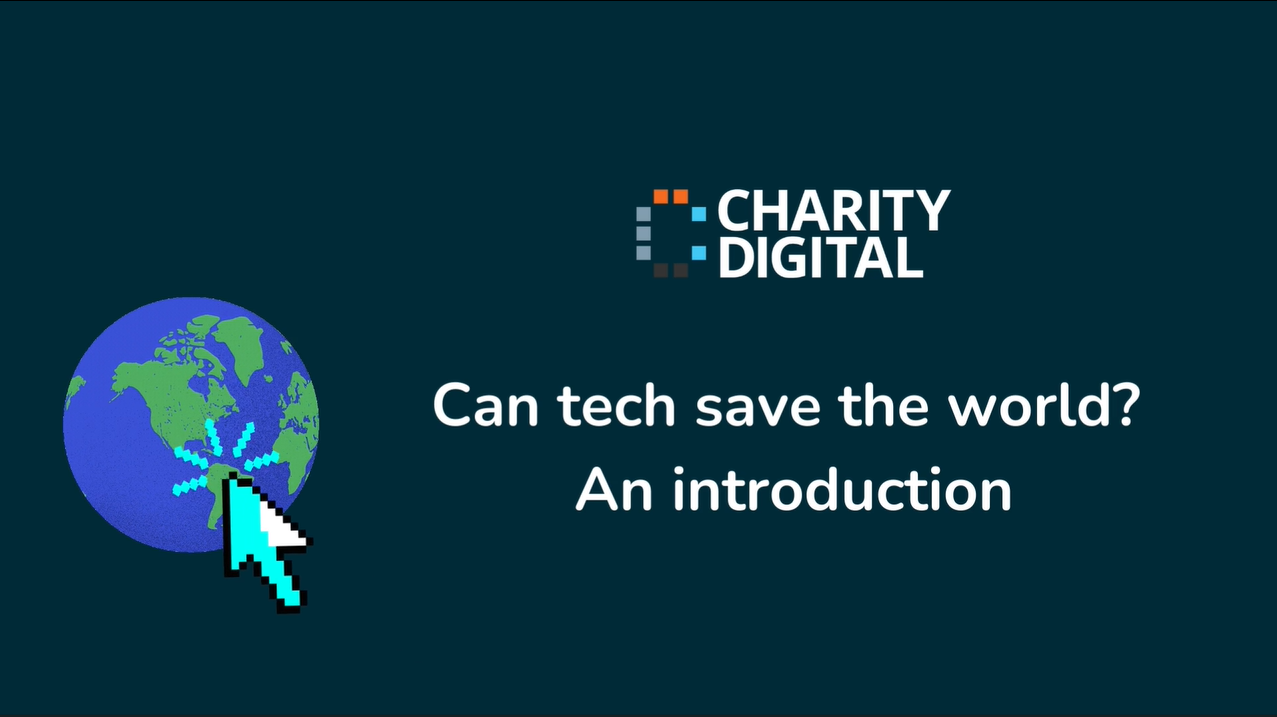Insights
INSIGHTS
All Topics
My Account
The essentials of sustainable marketing
05 Jul 2023by Denise Atkins
We look at how charities can use sustainable marketing as part of their strategy
Sustainability itself is a term that’s often misunderstood. It used to refer to good environmental practices, such as:
- Energy efficiency
- Recycling
- Reducing car use
- Increasing biodiversity.
In more recent years, the definition has become broader. Sustainability now covers a range of issues like:
- Equality and equity
- Diversity
- Health and wellbeing
- Accessibility
In fact, the United Nations has come up with a list of 17 goals for sustainable development.
UCLA defines sustainability as “the integration of environmental health, social equity and economic vitality to create thriving, healthy, diverse and resilient communities for this generation and generations to come”.
Or to put it in simpler terms: Sustainability is the balance between:
- Protecting the environment
- Improving people’s lives at work and in the community
- Strengthening local and global economies
You might also hear the term Corporate Social Responsibility (CSR) used in the same context.
What do we mean by Sustainable Marketing?
So, now to Sustainable Marketing. While we should definitely be talking about applying sustainable good practices to your marketing department, here we mean using your marketing to highlight your sustainable values.
For charities, this seems like a no-brainer. As a sector we ought to be leading the way on sustainable practices – and many of us already do. But, safeguarding scandals and other controversies showed that charities are particularly vulnerable to criticism. If your behaviour falls short, you risk both your reputation and your income.
Here’s a few tips to making Sustainable Marketing work for you.
Know thyself
Before doing Sustainable Marketing, you’ll need a good idea of where you stand with sustainability across the board. Any claims about ethical or environmental practices will be subject to scrutiny – more so if you’re quite high-profile.
You’ll want to avoid accusations of ‘green-washing’ or worse. It’s often common sense:
- Before you promote that you’re paying workers a real living wage, make sure your supply chain doesn’t support modern slavery elsewhere
- Don’t champion mental wellness while also practicing a culture of presenteeism. That’s sure to get you the wrong kind of publicity
- Don’t make the same mistake as Budweiser when they sponsored New York City Pride. It coincided with the World Cup, which they also sponsored. Russia was hosting the World Cup that year and the country has received international condemnation for its treatment of LGBTQ+ people. The double standard was not a good look for the brand
Normally, you can avoid such conflicts by being more joined-up as an organisation. As a charity marketer, stay abreast of sustainability issues and make friends with the people who track your policies and goals. If you’re a large organisation, talk to the other marketing teams to make sure you’re not contradicting yourselves.
Make sure that everyone understands the importance of sustainability to your brand and its values. Knowledge is power, and helps you to pre-empt PR disasters and plan for a crisis.
State your intentions
Transparency is a great step towards sustainability. It’s not the marketing team’s job to assess your progress against sustainability goals. But, you could lobby to state these publicly, perhaps in a dedicated area of your website, on social media or in an annual impact report.
Measuring where you are is the first step, and it needn’t be complicated. You can start small by tracking easily available data. For instance, reviewing your energy use through bills, or conducting a survey to measure staff wellbeing. You can then be clear about the improvements you’re making against this benchmark.
In areas where you know you could do better, be upfront about the actions you’re taking to improve. This means you are holding yourself accountable. It also gives you some cover if a backlash does come for you – you can point to your public admission that you’re still a work in progress.
Take a pledge, get some credentials
There are lots of ways for organisations to prove their sustainability. Choosing one can give you a helpful framework for measuring yourself against your peers.
These frameworks range from checking your carbon footprint, to showing the food in your café is ethically and organically sourced. Look at, among other things:
Julie’s Bicycle is a non-profit that supports arts and cultural organisations – including many charities – to address the environmental crisis. Their Marketing Manager, Ruby Kvalheim explained, “The Creative Green programme and tools allow organisations to measure their environmental impact, benchmark against their peers, and make real progress towards sustainability. You can display the Creative Green certification on your marketing materials. This is a clear demonstration of your commitment to making a difference through ongoing improvement.”
One scheme that’s specific to marketing is The Ethical Move. They promote a more responsible, honest approach to marketing, by copywriters taking a pledge.
Play to your strengths
Alison Phillips is a Sustainability Consultant at Kindred CSR. She told us, “Many charities have real expertise in certain areas of sustainability, through their services or products. By familiarising yourself with the current sustainable goals and frameworks, you can adapt your marketing messages and language so that they a) create transparency, b) b) attract employees or service users, or even c) secure funding and public or private sector supply chain contracts or tenders.
“One charity that benefitted from a change in mindset around their sustainability marketing is Our Place. They tap into the demand for upskilling and supporting managers in the private sector, delivering corporate training in resilience and mentoring skills.”
Be authentic
What most of these suggestions really boil down to is authenticity. Avoid aligning your organisation with a cause that’s trending unless it really taps into who you are and what you stand for.
As Alison Phillips explains, “With any sustainability initiative, always bring it back to why you are doing it. How does it tie in with your charity’s mission? People won’t be sceptical about the impact you’re making and the messaging you are putting out if it feels in line with your values.”
More on this topic
07 Mar 2025by Laura Stanley
Marketing trends for charities in 2025
Recommended Products
Related Videos
07 Mar 2025by Laura Stanley
Marketing trends for charities in 2025
17 Feb 2025by Laura Stanley
Charity Digital Exchange: Grow your charity with AWS
Our Events
Charity Digital Academy
Our courses aim, in just three hours, to enhance soft skills and hard skills, boost your knowledge of finance and artificial intelligence, and supercharge your digital capabilities. Check out some of the incredible options by clicking here.



















